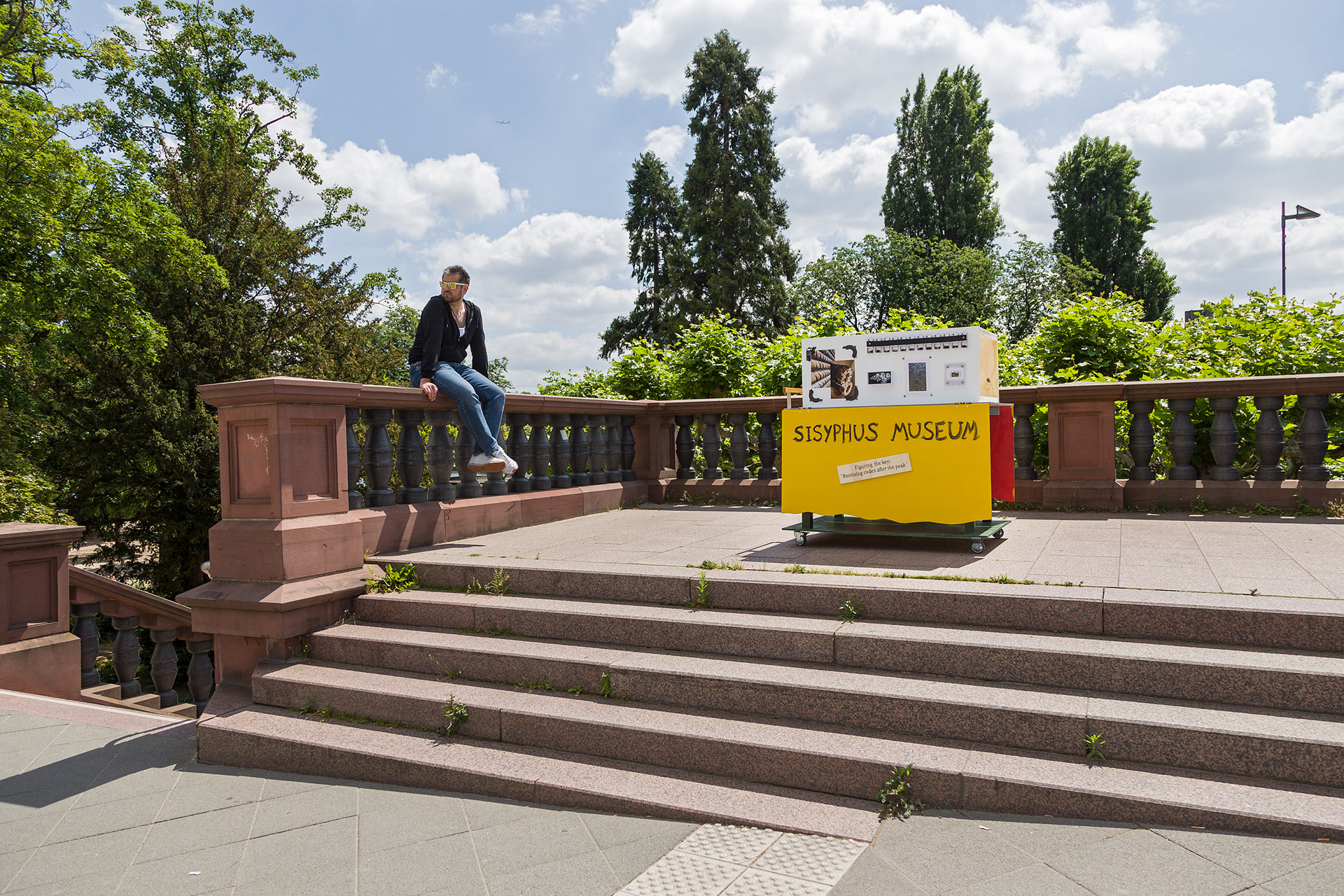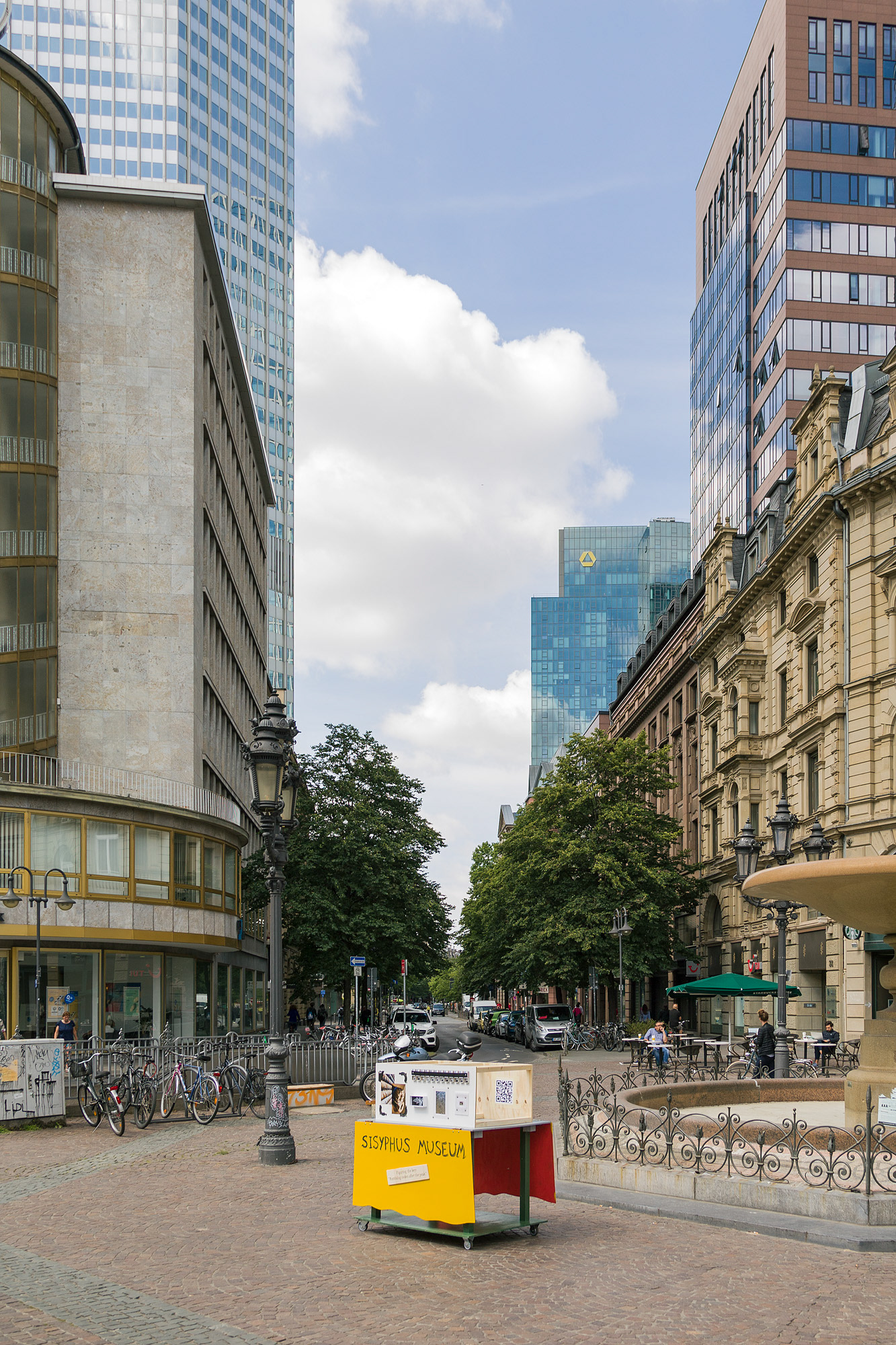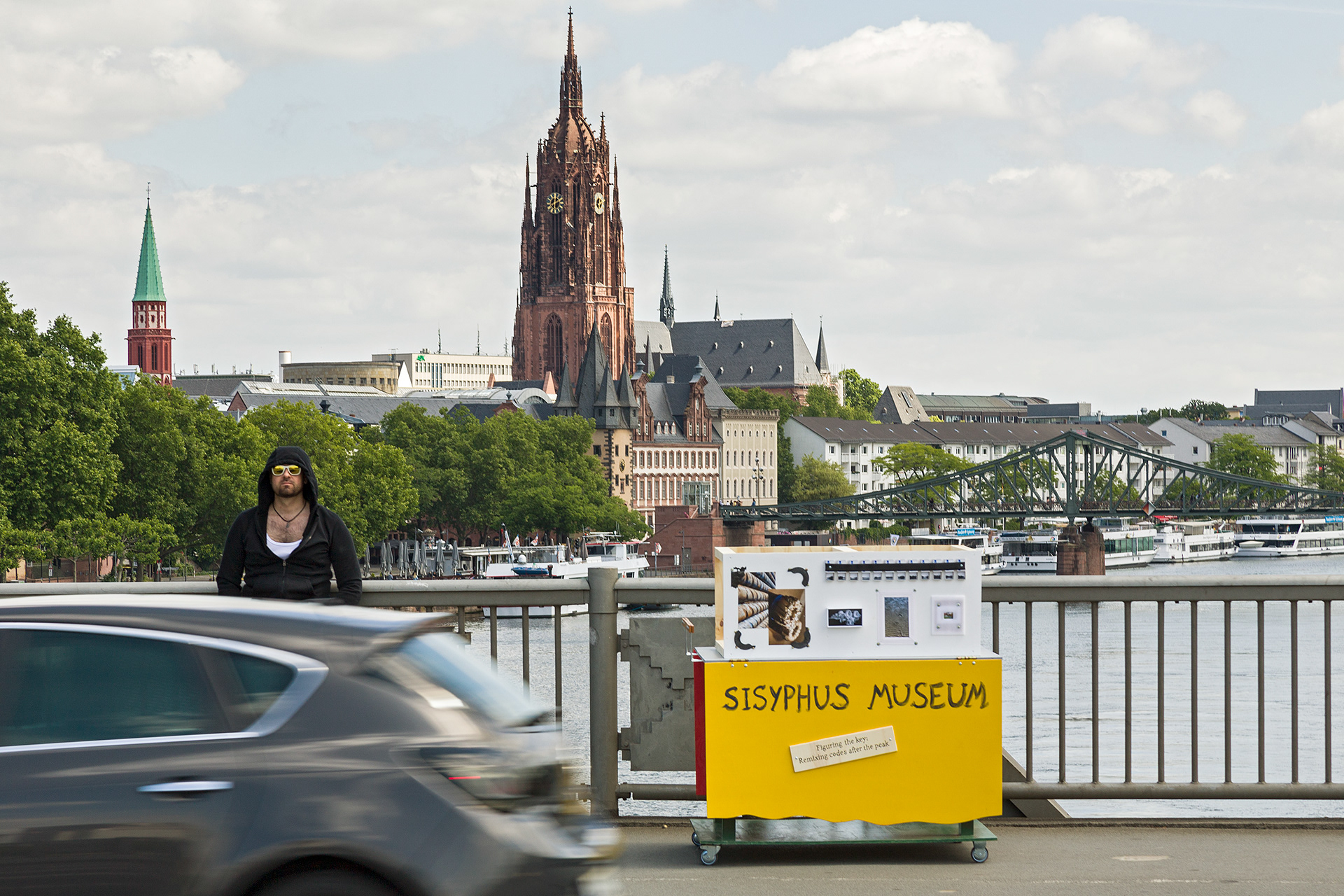Figuring the key:
Remixing codes after the peak
Remixing codes after the peak
My oil lost in Passepartout;
And count ends on 38,
Alike the parrot in the Russian tale,
Who tells the ape about the win.
Inverted shrimp recalls the tractor;
No needs for boat in Wadden sea;
Forgotten sailor walks to Denmark;
Internal monkey screams the key.
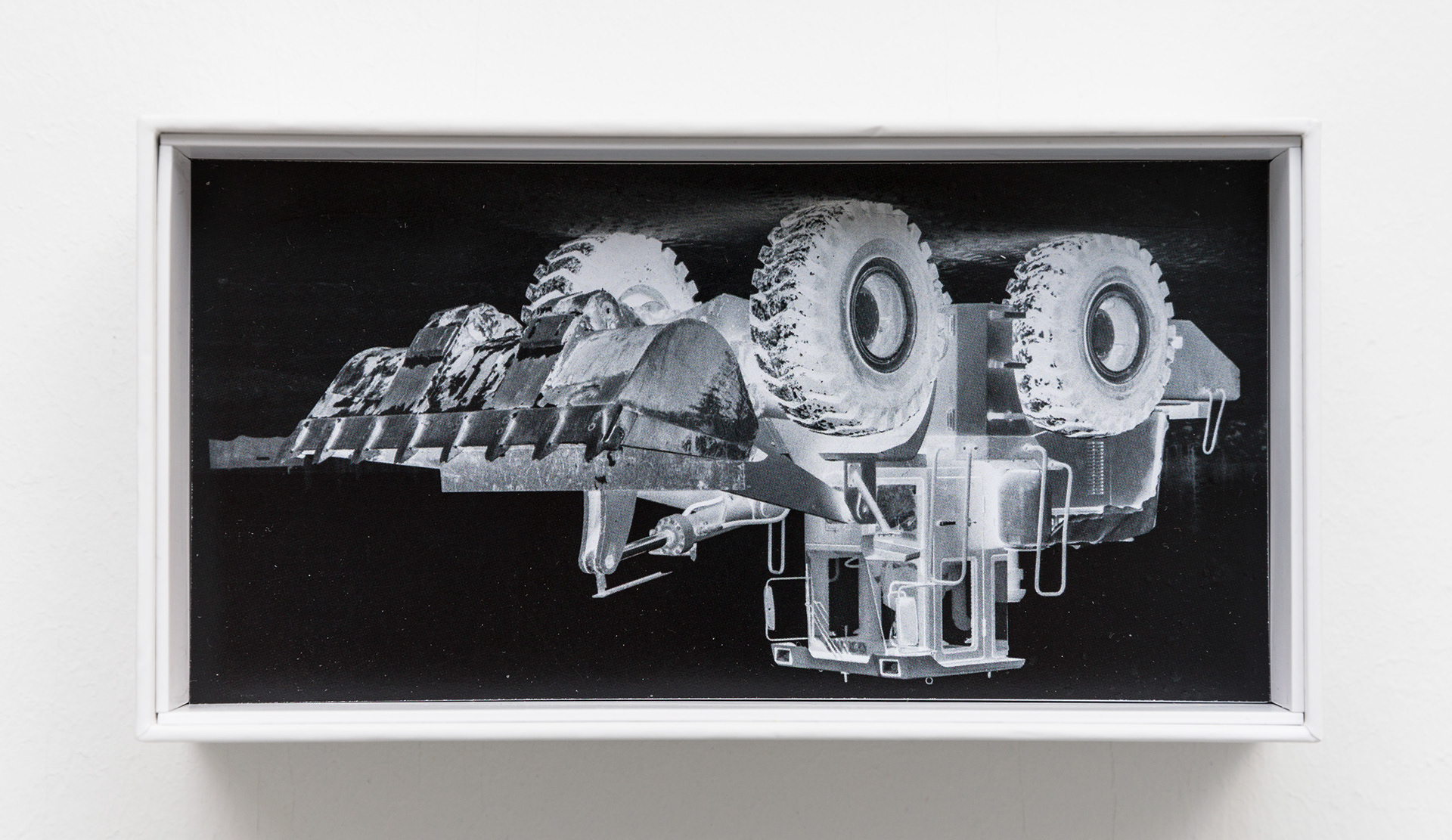
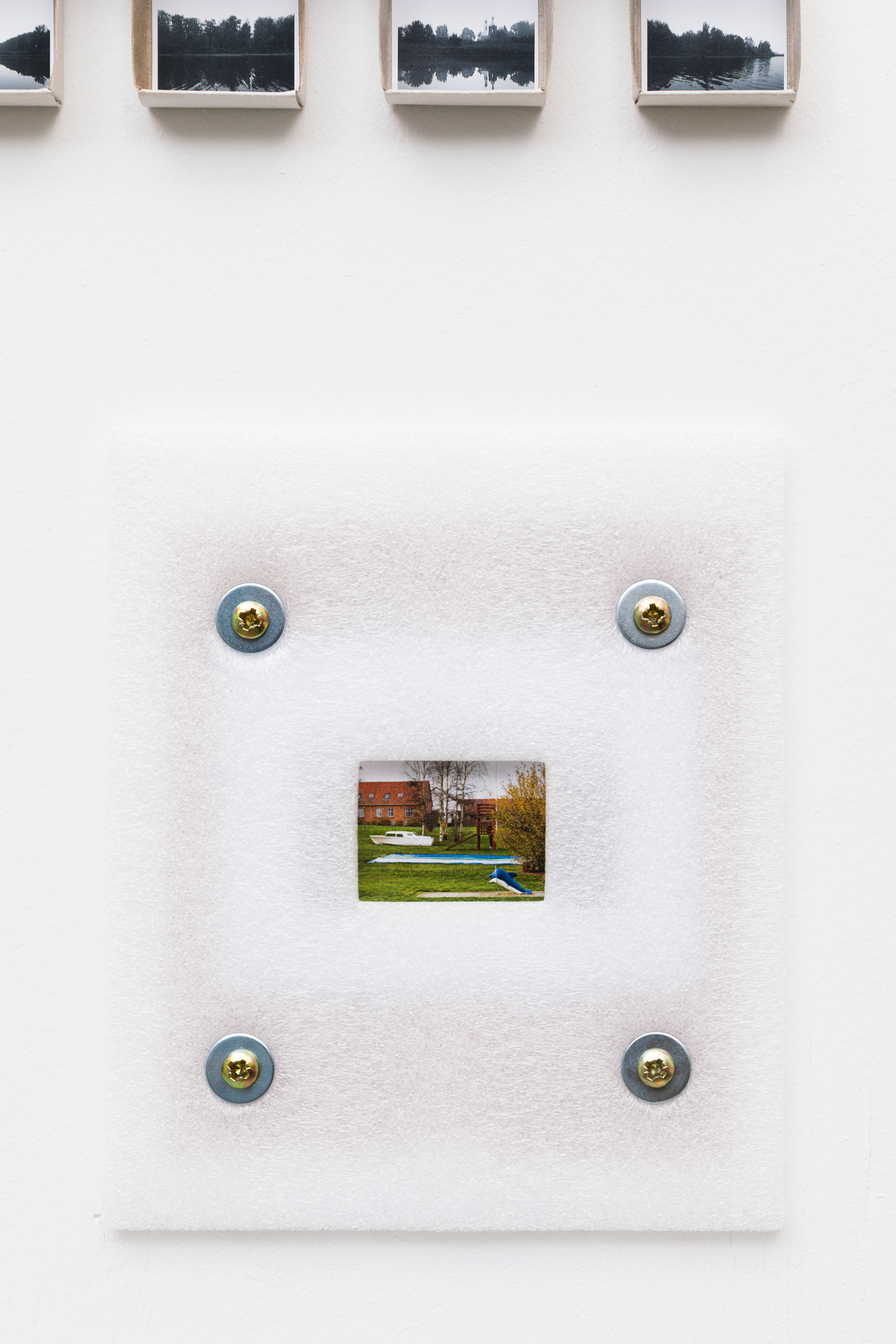
I’m bearing monks among the monkeys
And matching matches in the marsh;
The reason’s framed with frozen dolphin,
And dozens tapes on painted tree.
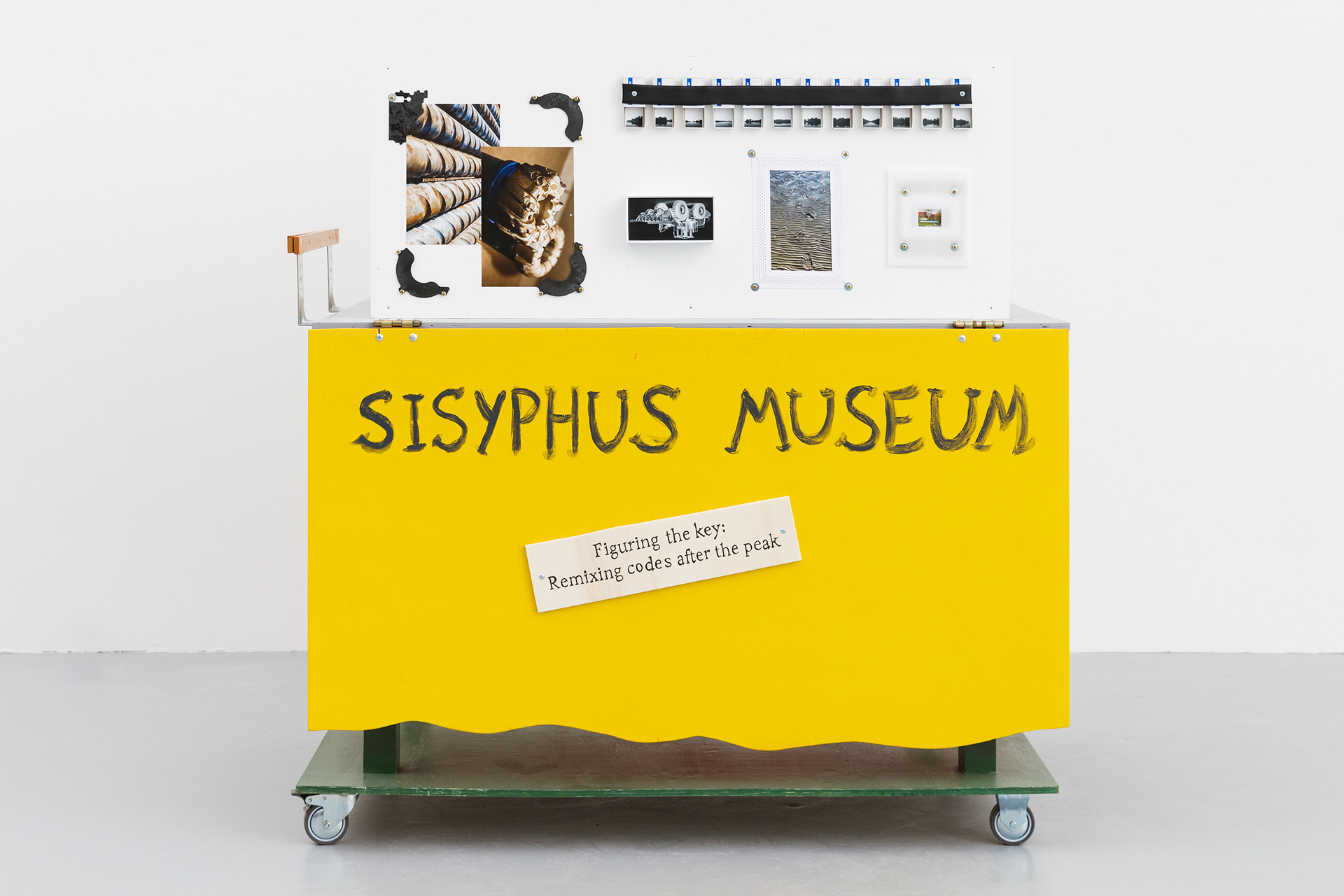
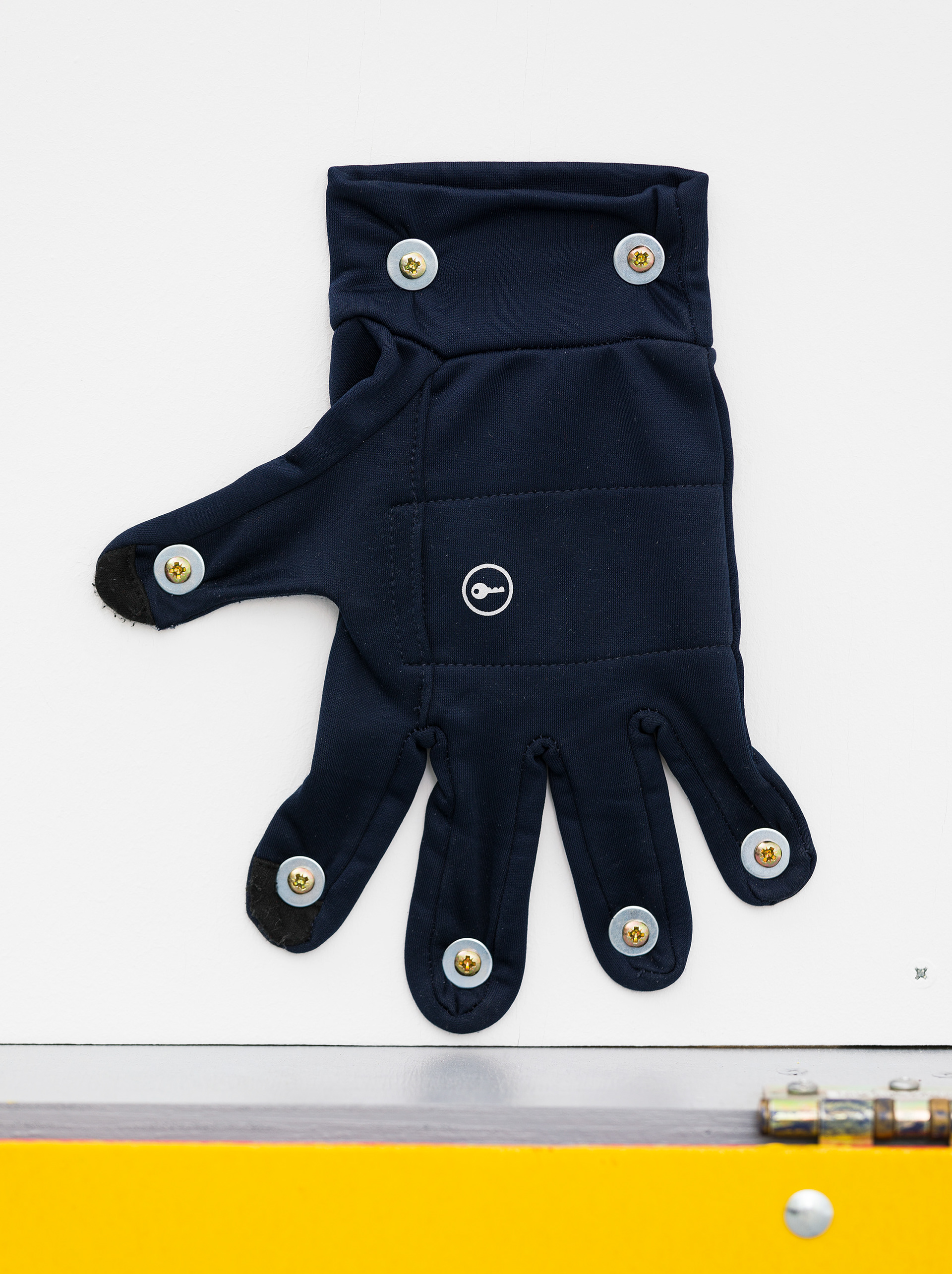
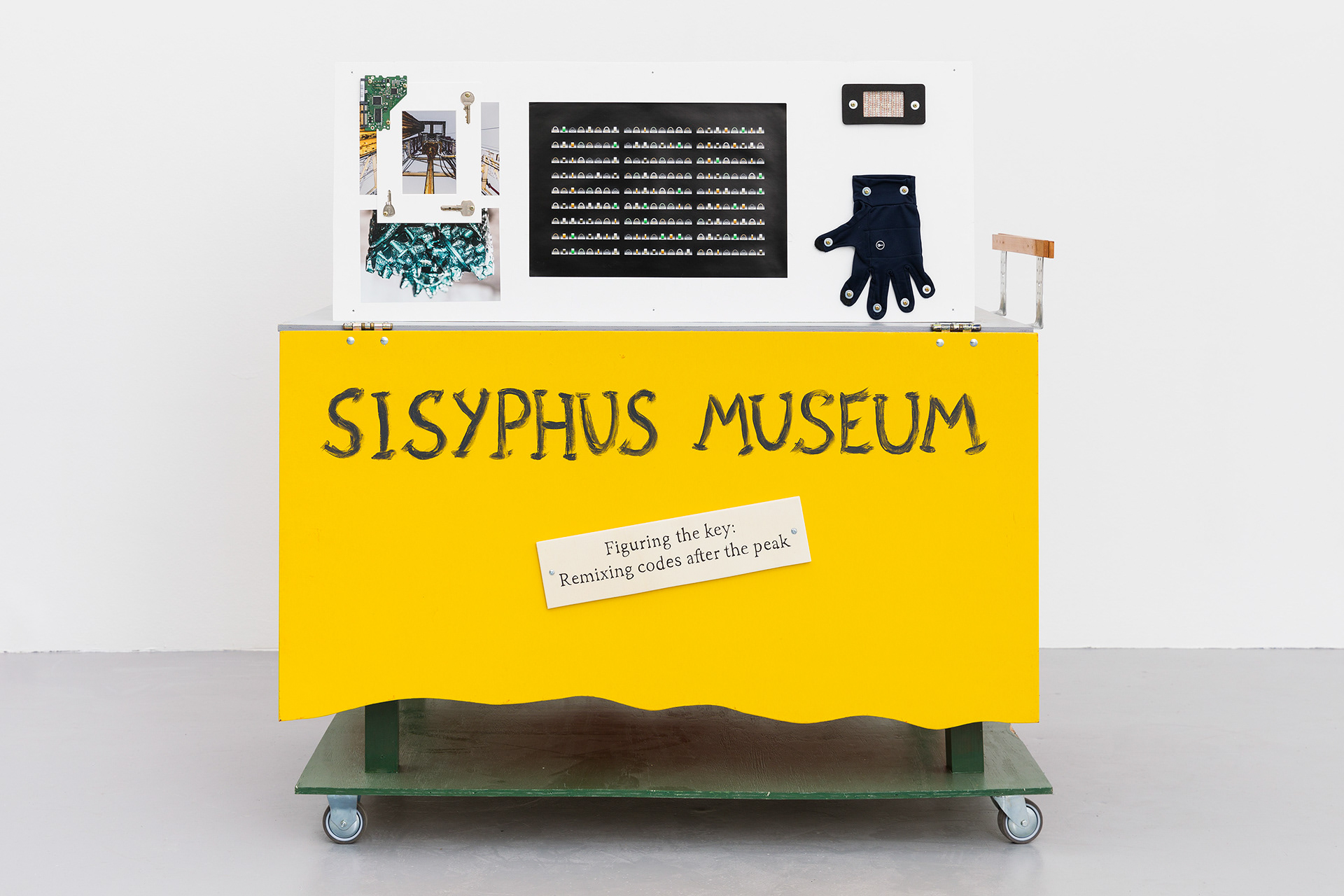
text by Sofia Steffens
What does a museum entail? White walls, high ceilings and professional lighting? The mobile Sisyphus museum only needs a transportable wooden construction. It is a museum in a box which presents in its latest iteration a miniature exhibition in which we find unusual materials like matchboxes, frames made of screws, gloves and small photographs. In times where museums are still closed or find themselves confronted with many restrictions, the artist Ivan Murzin takes the museum to the open street and thereby mirrors our changing understanding of space. In one square meter, he offers the viewer an entire exhibition and the possibility of exchange.
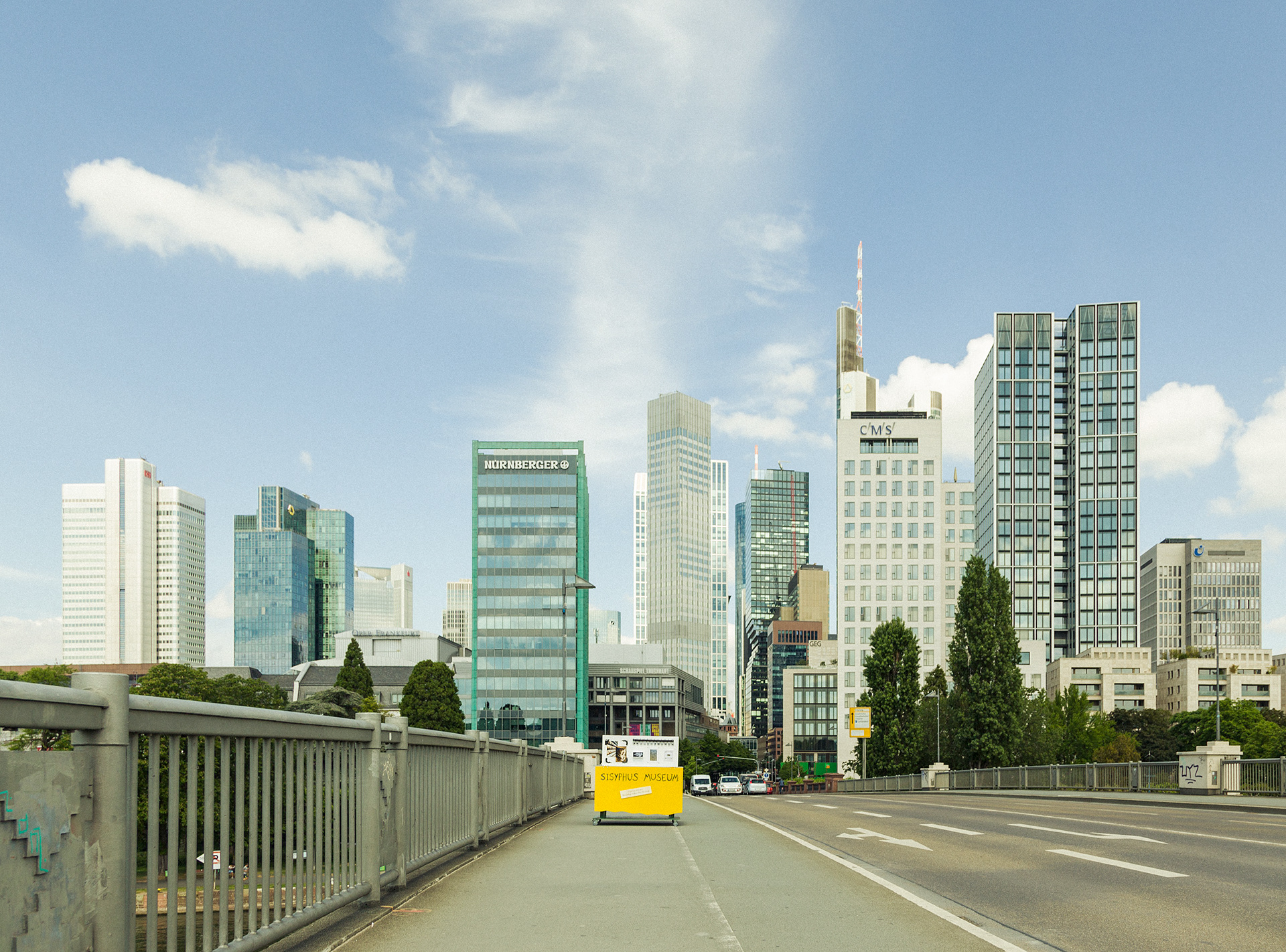
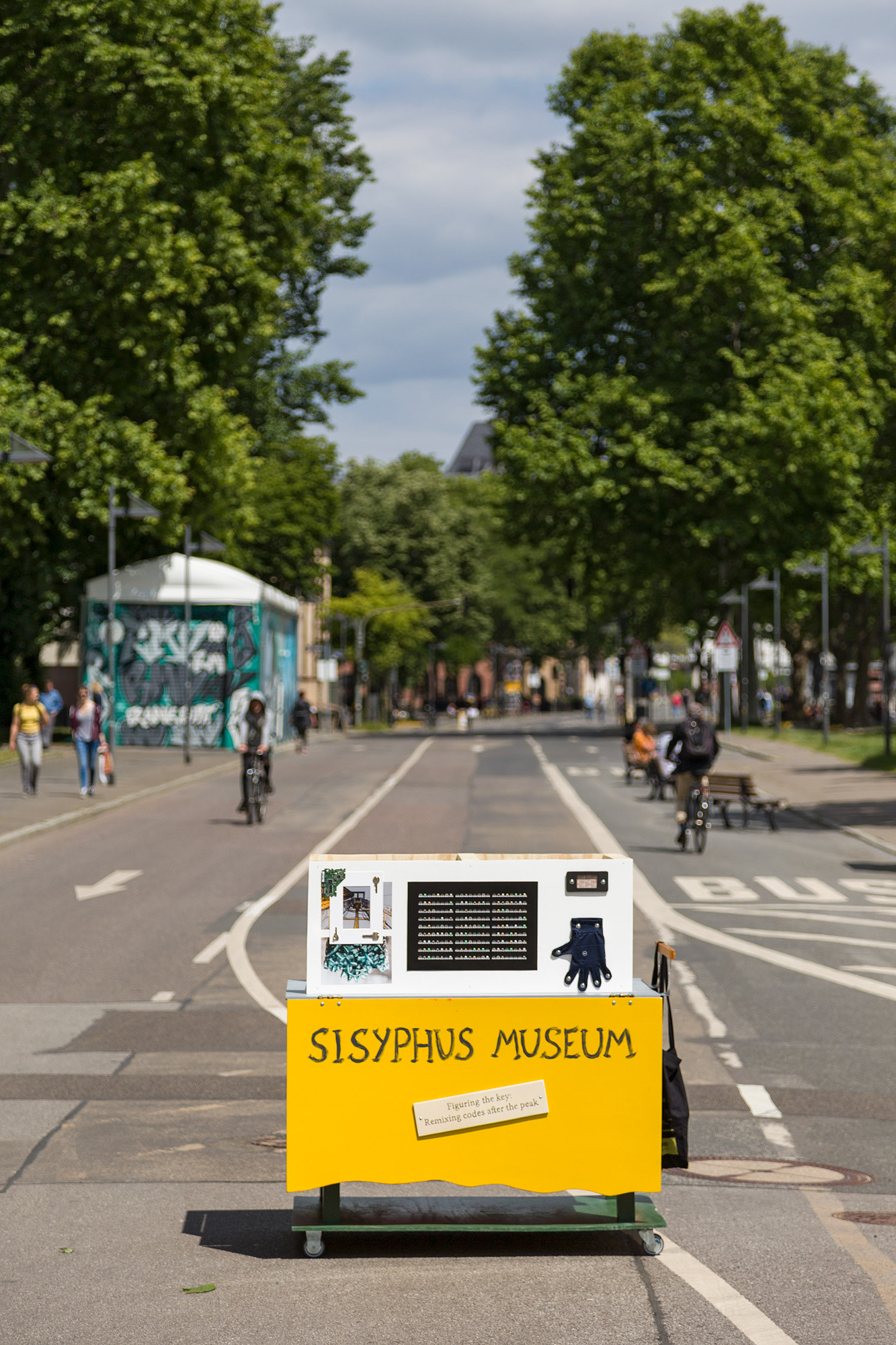
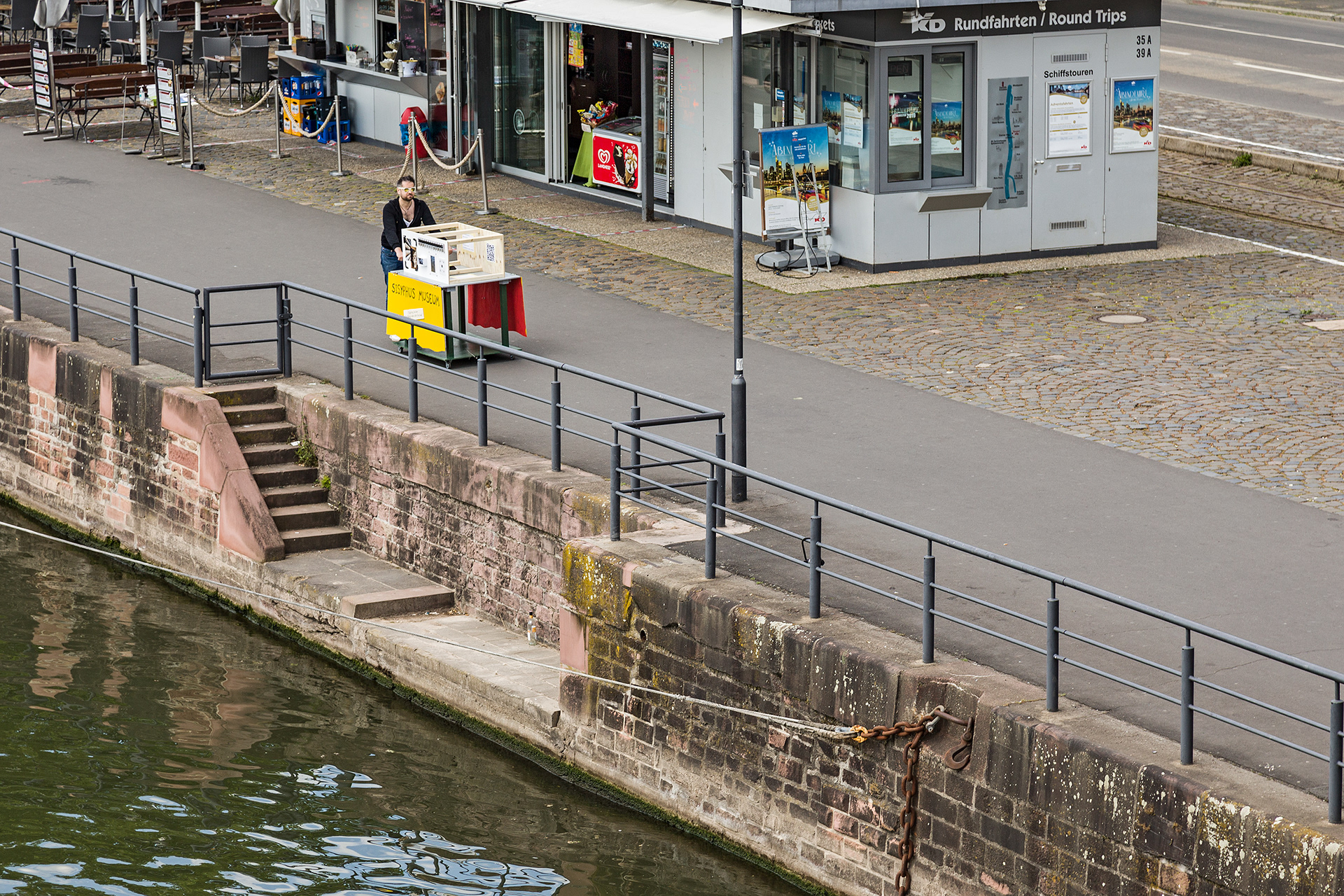
The neatly positioned rolls of tape in front of a black background symbolize ones and zeros and refer to the binary code – once decoded, a sentence is readable. A work is pointing towards the shift into the digital realm and seemingly focusing on immediate consequences of the pandemic. The series of photographs framed in small matchboxes which are all just halfway open, show photographs taken on a lake. The visible images are also applicable to the current situation, as they are giving way to associations of the refuge to nature and complete isolation. Similarly, the displayed glove receives a new facet: As people try to keep their distance, the border of the human body and the outside world gets a different dimension. For this show, Murzin only reused materials that were already in his studio, such as materials of pre-existent works or other found objects – rethinking the circles of production. In this way, he unfolds new solutions for the production of works in this fast-changing, unpredictable times. The artistic process of reassembling and remixing goes hand in hand with an examination of the current situation and the assertion of different facets to the works. Questions of translation always remain, but a closer look can open up new perspectives and reveal stories.
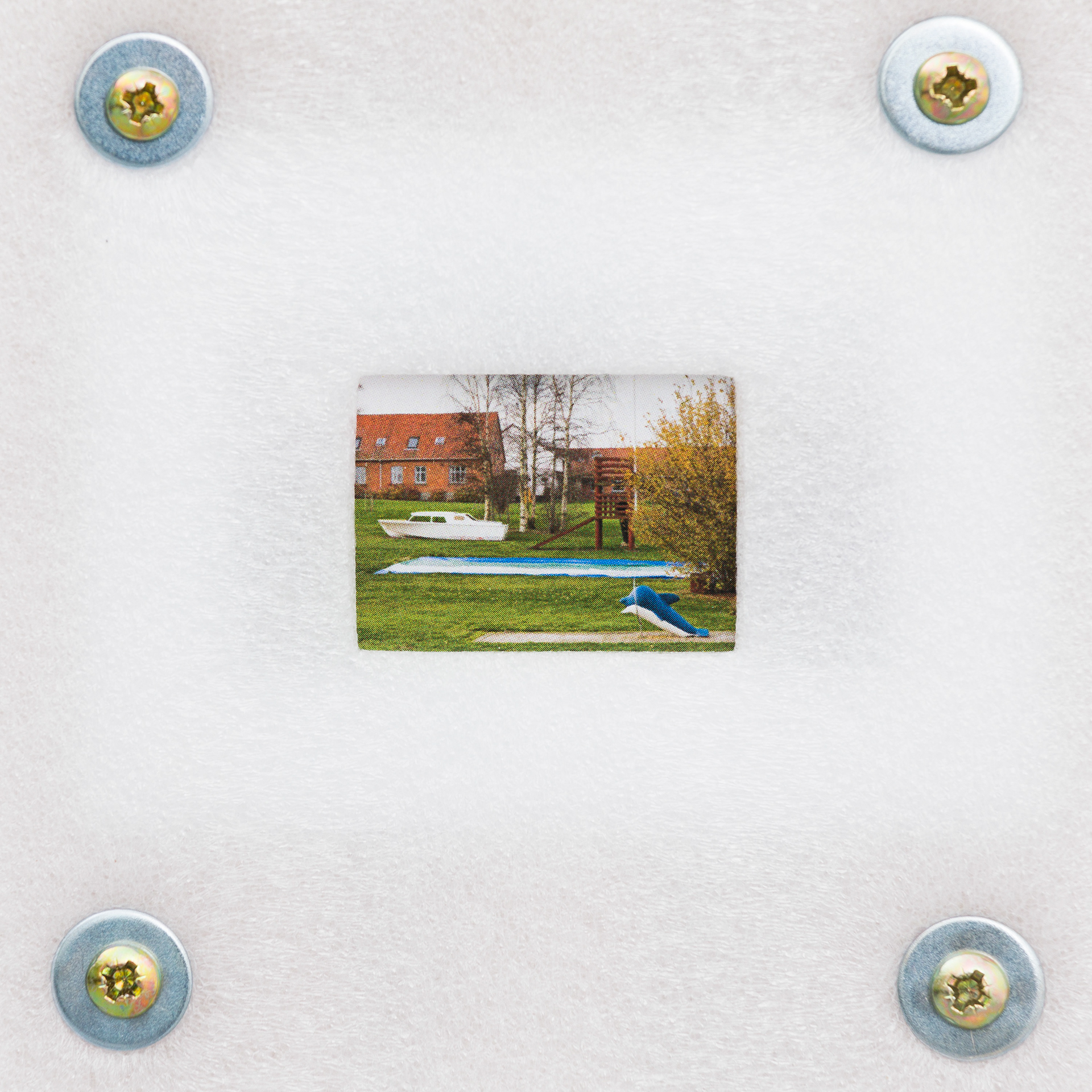
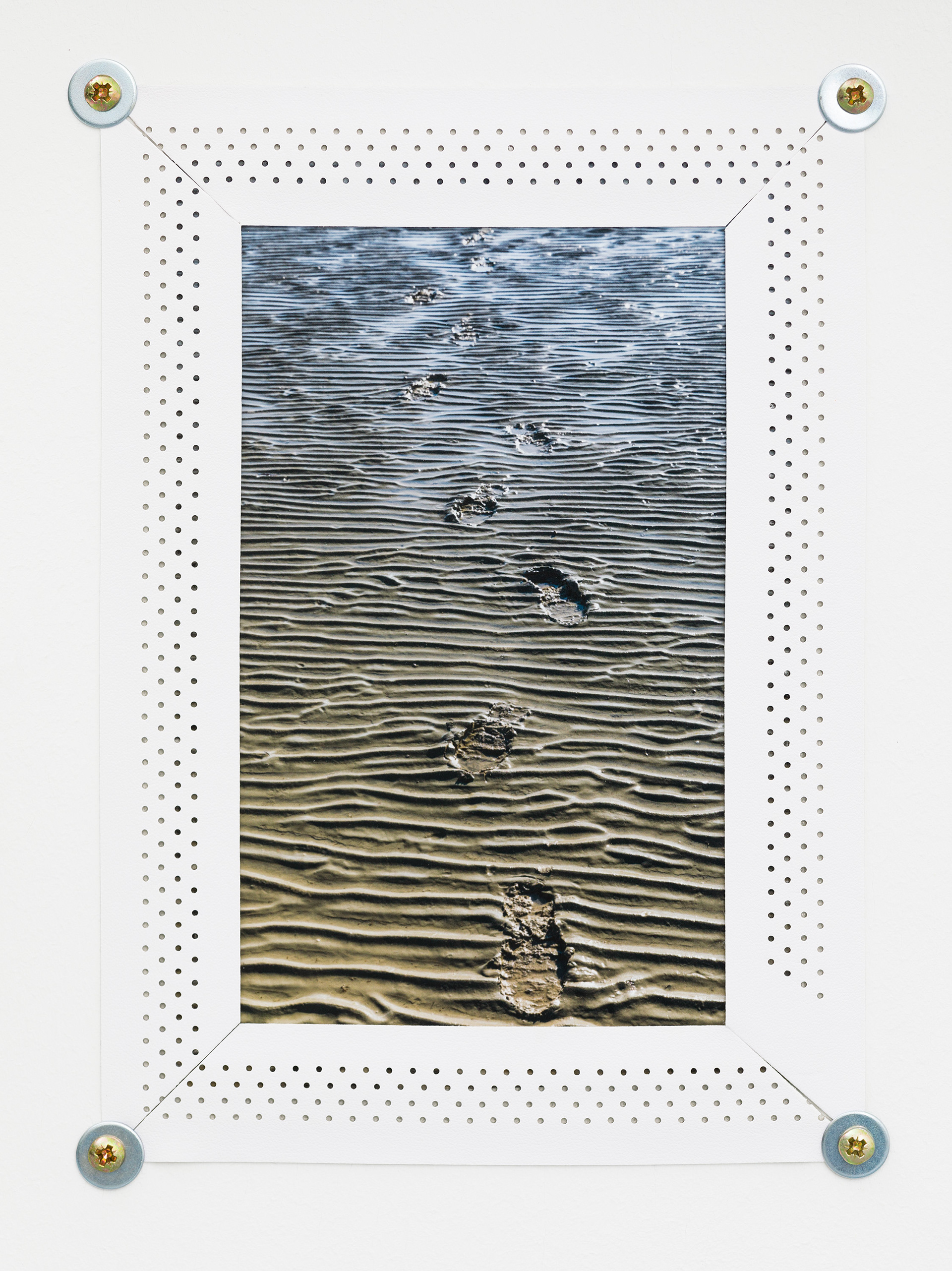

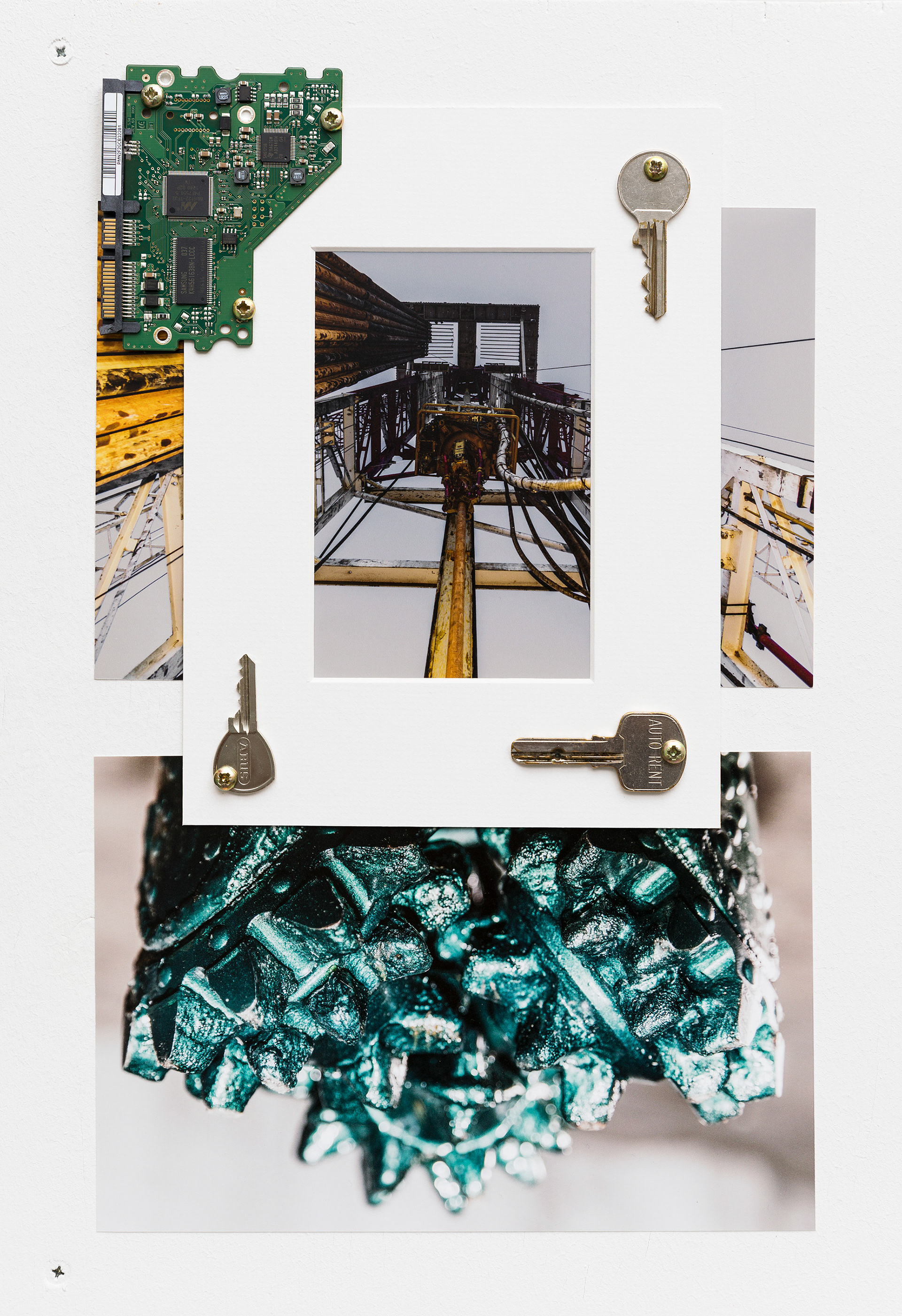
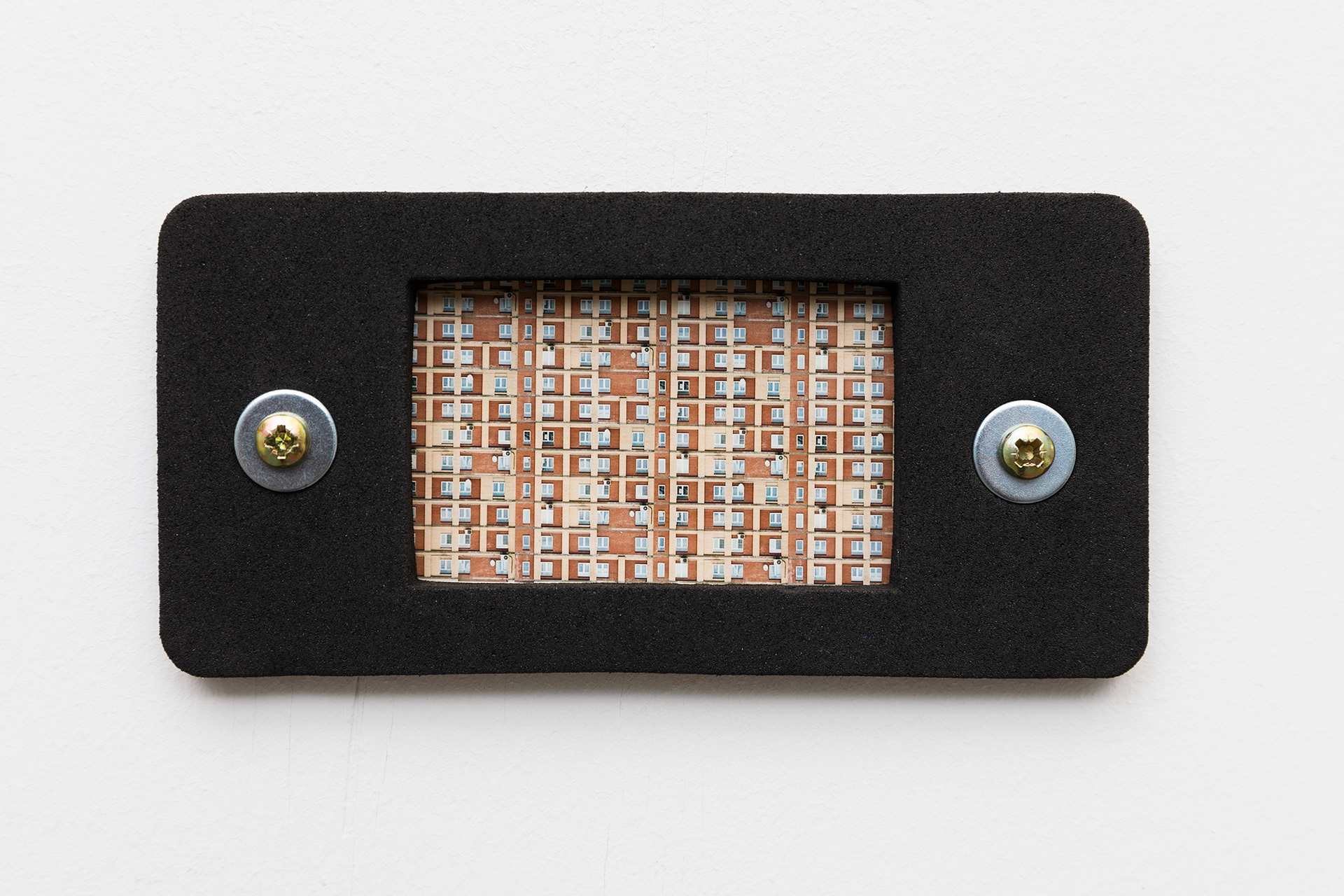
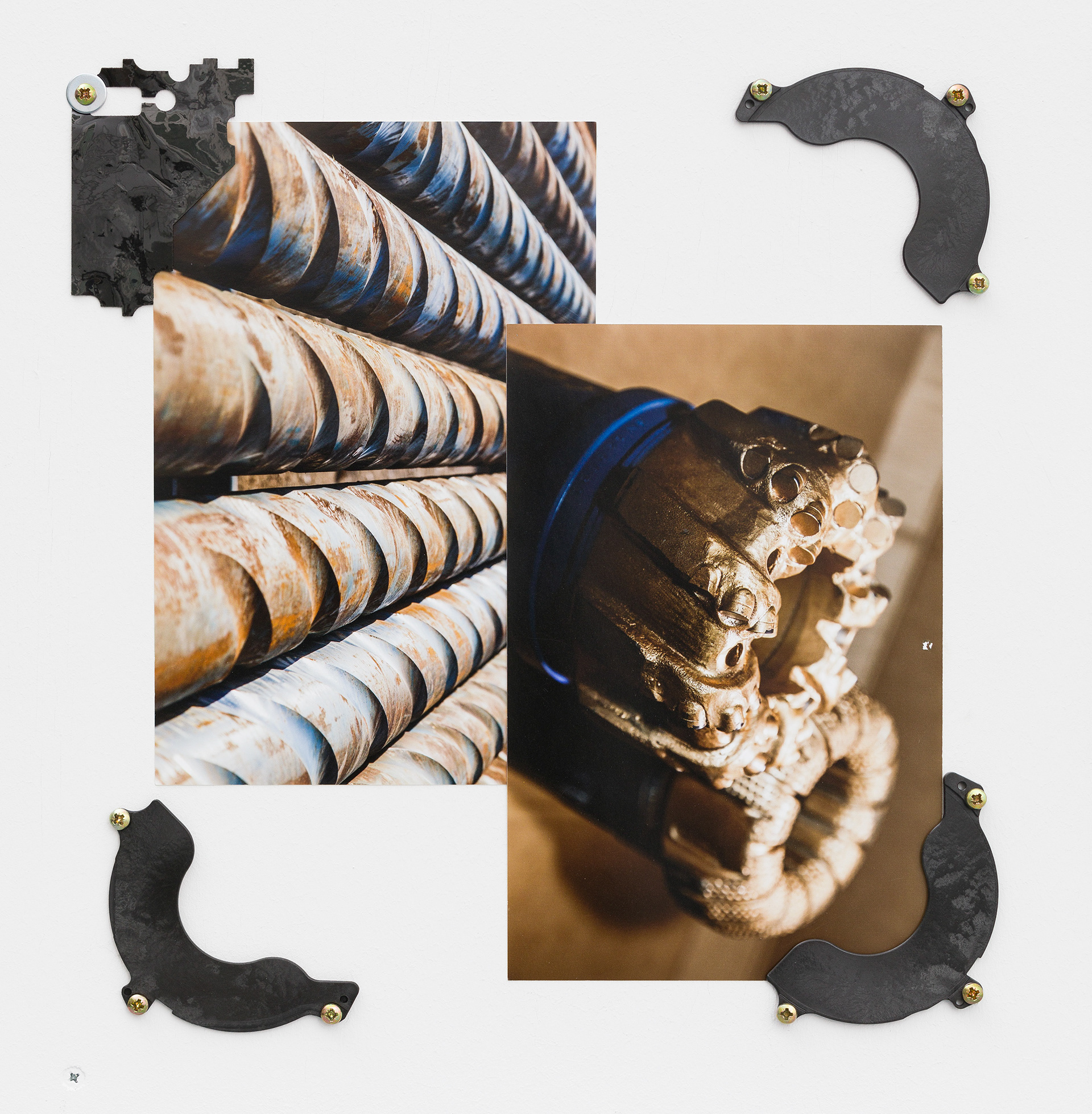
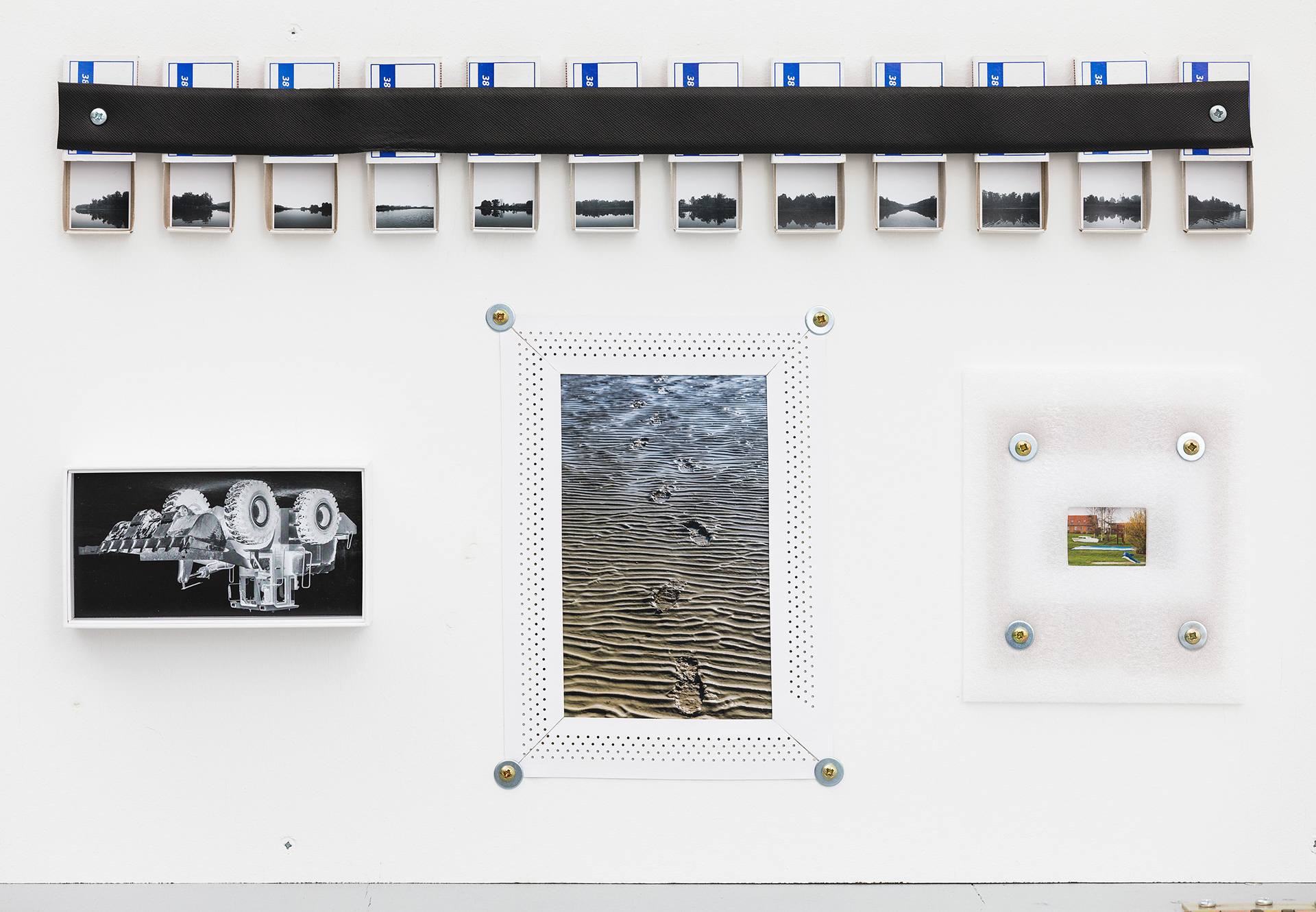
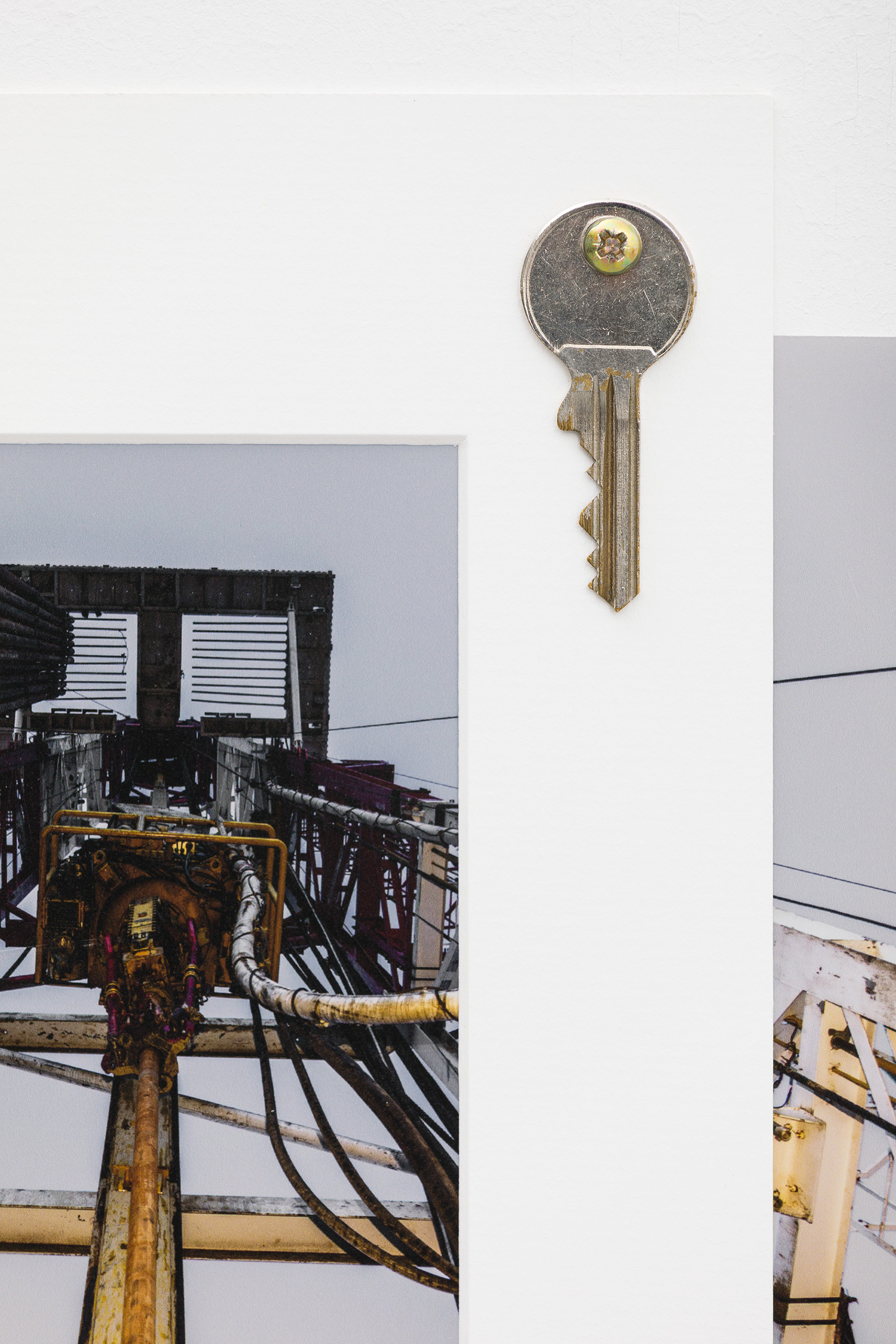
With that in mind, it does not seem possible to draw a clear line between the different dimensions of this show, the boundaries between exhibition and artwork fade. The exhibition appears to be an artistic intervention itself. In a humorous manner, Murzin takes the role of the curator and assembles the material that was already there, like one human orchestra he blurs traditional expectations of artist, curator, museum and the work of art itself. In everyday artistic practice, this form of experimenting and working on various materials and projects often falls short. Questions about the dimension of a museum, waste and consumption are raised and revisited. The second show of the Sisyphus Museum suggests new perspectives on habitual and social matters, as the world is changing, it lives of the personal exchange which may shed light on some of the stories behind the works.
